
Learn More About The Best Orthodontic Treatment Kaneohe Residents Can Get.
Orthodontic treatment provides patients with non-surgical options that solve their teeth and jaw alignment problems; remember, malalignment conditions go beyond your teeth and jaw position. Such conditions may cause speech development difficulties, premature wear on your teeth’ enamel layer, and increase the risk of injury to your jaw joints (TMJ)

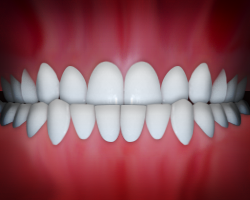
Underbite
This type of malocclusion results in a lower jaw that protrudes too far out. When you bite down, you will notice your lower teeth sitting in front of the upper ones.
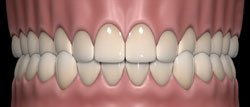
Crossbite
This condition can result in misaligned jaw growth. Usually, when patients wish to bite down and close their mouth, they have to move the lower jaw forward or to a side to make teeth match; likewise, it’s characteristic to notice more facial asymmetry in patients with a crossbite.
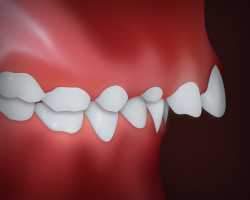
Upper Front Teeth Protrusion
If a patient suffers from this condition, they will notice their teeth extend too far forward about the lower ones. Please consult with an orthodontist as such a misalignment can heavily impact your teeth’ function.

Overbite
An overbite is the opposite of an underbite as your upper teeth extend out and over the lower front teeth. It’s similar to an upper front teeth protrusion and causes problems such as a “gummy” smile and excessive wear of upper incisor teeth.

Crowding
This is one of the most common teeth malalignment problems. When your teeth lack sufficient space to erupt and grow normally, they may erupt at an unusual angle and bunch up. Such a case can increase the risk of periodontal problems, and dental decay as maintaining good oral hygiene becomes increasingly challenging. Dental crowding is one of the main reasons why people get braces.

Spacing
Next up, we have the opposite case of crowding. Just as your teeth can grow overlapping each other, they can also grow too distanced. Spacing may result from excessive jaw size, giving the teeth too much room to grow, or missing teeth.
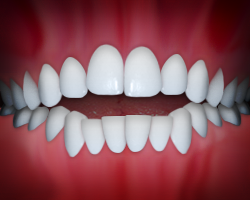
Openbite
This condition means that upper and lower front teeth don’t overlap. Some habits may influence this condition, such as in the case of tongue thrusting or thumb sucking. Make sure you consult with an orthodontist as soon as possible to correct those habits and help encourage proper development.
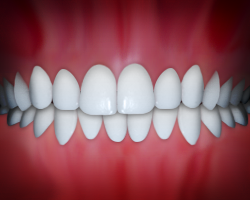
Dental Midlines not Matched
This is more evident when the back bite doesn’t fit or match appropriately. Depending on your case’s severity, you can notice there are negative impacts on your jaw function.



